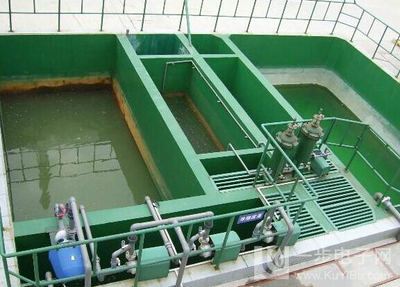Polyacrylamide (PAM) is the general name for acrylamide homopolymer or polymers obtained by copolymerization with other monomers. It is one of the most widely used water-soluble polymer compounds.
Polyacrylamide has specific chemical properties. It will not dissolve in benzene, toluene, xylene, gasoline, kerosene or diesel, but it can dissolve in water. In an alkaline environment, polyacrylamide will undergo partial hydrolysis, while in a strong acidic condition (PH≤2.5), imidization will occur, reducing its solubility in water. In addition, polyacrylamide can undergo cross-linking reactions with aldehydes (such as formaldehyde) and polynuclear hydroxyl bridge complexes of high-valent metals (such as aluminum, chromium, zirconium, etc.), and is easily degraded by mechanical and/or oxygen effects.
In the field of oil extraction, polyacrylamide is widely used as an oil displacement agent, water plugging agent, profile control agent, viscosity enhancer, drag reducer and water treatment agent. Polyacrylamide has good thermal stability. Its solid will soften at 220-230 degrees Celsius, and its aqueous solution will not degrade significantly until it is above 110 degrees Celsius. Due to its excellent physical and chemical properties, polyacrylamide has been widely used in water treatment, papermaking, mining, oil fields and other industries.


